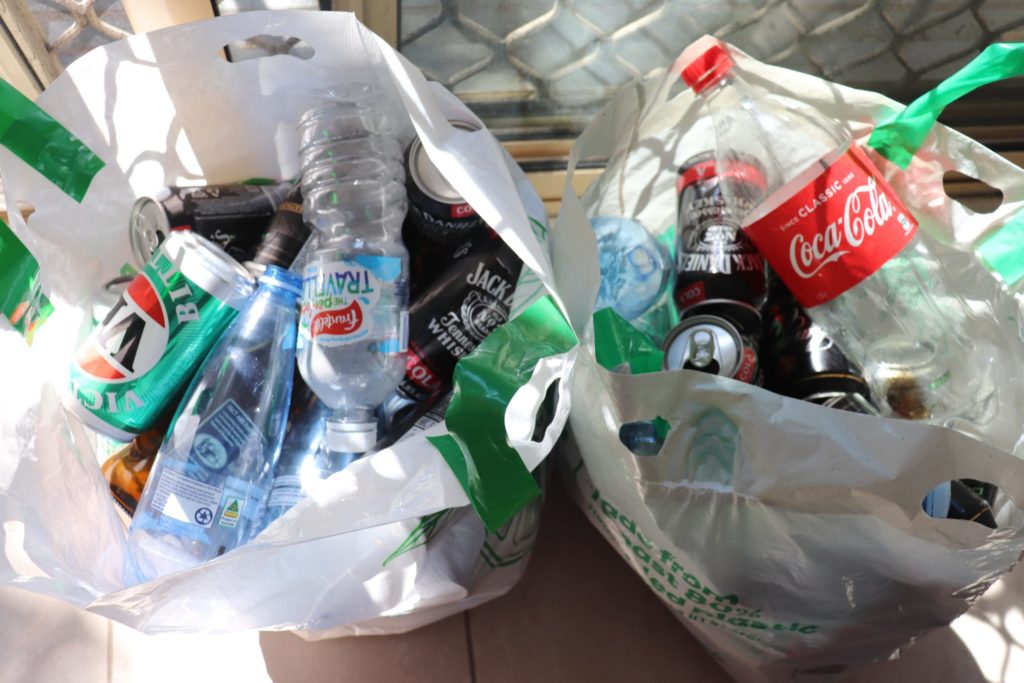The idea of a public good
One of the key concepts needed to better understand the economic argument for environmental protection is the idea of a public good.
When economists talk about public goods, they don’t mean just anything that’s good for the public, such as a school or hospital. Rather, to qualify as a public good, a thing must be nonexcludable (meaning it can’t easily be provided to some, but not others) and nonrivalrous (meaning that once the good is provided to some, it doesn’t really cost more to provide it to others).
One classic example of a public good is national defense. The existence of the military protects a sovereign nation against the threat of invasion. However, it’s not possible for the military to protect my neighbor from the invasion or attack without also protecting me. So national defense is nonexcludable. And, there’s really no incremental cost to protecting both of us compared to costs to protect my neighbor alone. Thus national defense is nonrivalrous.
The not so good thing about public goods is that the market doesn’t easily produce them. The fact that a public good is nonexcludable means I’d continue to receive its benefits even if I don’t pay for it.
From a self-interest point of view, I’m better off letting others bear the cost, while I “free ride” on their contributions. If everyone acts in his or her own interest, however, no one would be willing to pay for the public good at all, and the public good wouldn’t exist. This problem is known as the public goods problem (economists are nothing if not creative) or, sometimes, as the “free rider” problem.
One traditional solution to this problem is government action.
People don’t get to choose whether they will contribute toward national defense; they have to pay their taxes or they risk jail time. Economists like Elinor Ostrom have also written about ways that groups have used social norms and other nonstate mechanisms to overcome the public goods problem. In some cases, more carefully or creatively defined property rights can alleviate the public goods problem by giving a single individual or group ownership of the asset.
Many environmental problems are best understood as public goods problems. Clean air, for example, looks like a typical public good; it’s hard for me to have clean air without my neighbors having it too, and the cost of measures to improve air quality doesn’t change if he moves away and his house remains vacant.
Another example of an environmental public good is coastal wetlands. Leaving aside the strictly environmental benefits they provide, wetlands also serve as a valuable form of protection against flooding. By absorbing storm surge, wetlands can reduce the damage from flooding and windstorms, sometimes significantly. A recent estimate puts the flood-protection benefit from wetlands at $23 billion a year. Given the vulnerability of Texas’s coast to tropical storms, wetlands are vitally important to the state.
But, while wetlands can provide large economic benefits, these benefits meet the criteria for a public goods problem. A wetland that protects my house from flood damage is probably going to do the same for the other houses in my neighborhood, and the cost of maintaining the wetland typically doesn’t go up if a new house is built.
For that reason, public action to preserve wetlands (such as the recent decisions to protect wetlands using a portion of the proceeds from fines collected from BP as a result of the Deepwater Horizon Spill) can be economically beneficial to society as a whole.







